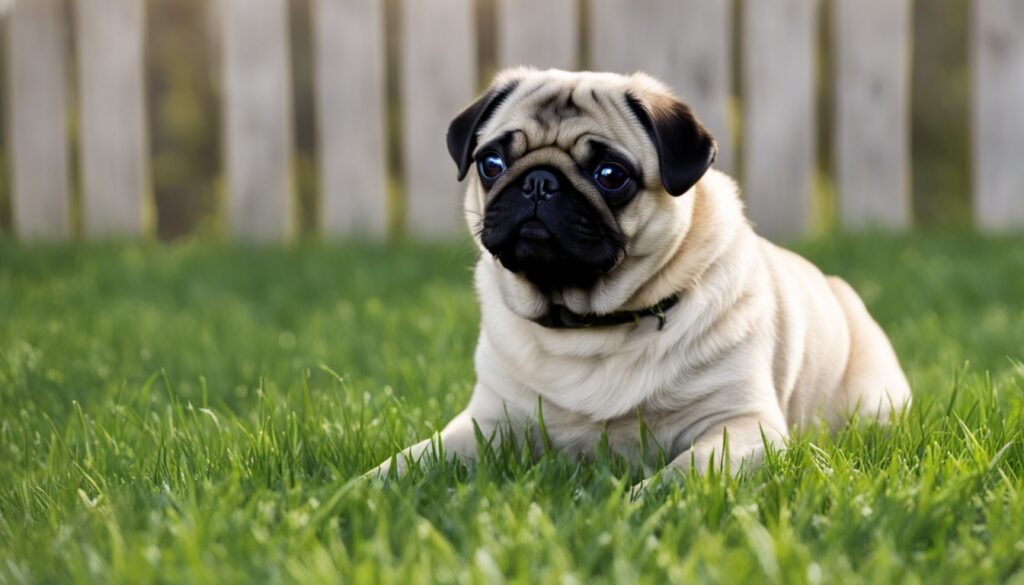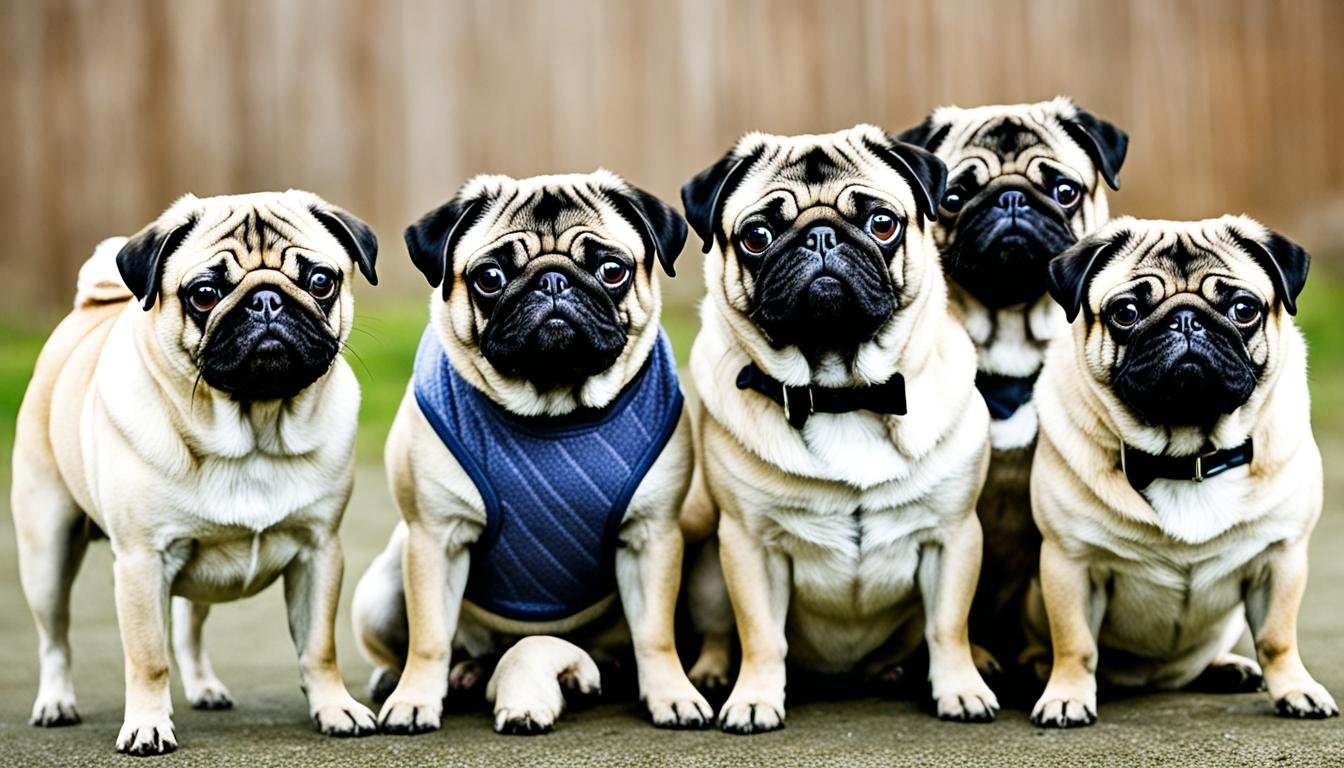What Not To Do When You Introduce a Pug to Other Pets
Introducing a new pug to your existing pets requires careful planning to avoid common pitfalls and ensure a smooth transition. One major mistake to dodge is assuming that your pug will instantly befriend other pets or that other animals will immediately accept the new pug. Given their affable nature, pugs might be eager to interact, but each pet’s unique personality and comfort level must be respected.
It’s crucial to recognize that the integration process should be gradual and supervised to guarantee the safety and well-being of all household animals. Early socialization is essential for pugs, whether started at a young age or upon their arrival in a new home. Positive reinforcement with treats and praise can significantly aid in a smooth Pug Socialization journey.
Avoiding Neutral Territory During Introductions
When introducing a pug to a multispecies household, it is crucial to avoid using one pet’s established territory for the first interaction. This helps to prevent territorial aggression and promotes positive, controlled interactions. Finding a neutral zone, like a park or a friend’s yard, can be beneficial for the initial meeting.
For responsible pet ownership, consider starting by walking the pets separately at a distance, gradually closing the gap while closely monitoring their reactions. Reward non-aggressive behavior to encourage both pets to remain calm and friendly.

Moreover, regularly incorporating routine walks and playtime can ensure that your pets are relaxed and open to new interactions. Following these steps helps to integrate a pug into multispecies households smoothly, considering the pug breed characteristics and ensuring a harmonious environment for all pets involved.
Ignoring Body Language and Behavioral Cues
Understanding and reacting to the body language and behavioral cues of your pets during introductions is essential, especially in the context of Animal Behavior and Training. When you bring your pug into a multi-pet household, you need to keenly observe how all animals involved communicate through body postures, facial expressions, and vocalizations. Pugs and other pets express their emotions and intentions which can guide you toward a smoother, more positive introduction.
Interspecies Introductions can be particularly tricky if you overlook warning signs like raised hackles, growling, or a stiff-legged gait. These behaviors signal defensive or wary responses, and it’s crucial to calmly interrupt the interaction to prevent any escalation. Visual cues such as a relaxed posture or wagging tail are good signs, indicating that the pets are comfortable and curious about each other. Offering treats during these calm moments can reinforce positive behaviors and build good associations.
Pug Socialization requires patience and attentiveness, especially if you encounter negative behaviors like aggression or excessive mounting. If these behaviors arise, separate the pets quietly and redirect their focus. Gentle but firm correction helps avoid long-term negative associations or habitual misbehavior. Always remember, acknowledging and interpreting these behavioral cues accurately can make the world of difference in successfully integrating your pug with other pets.

